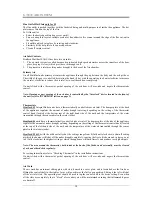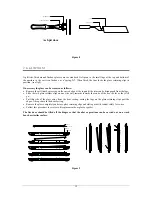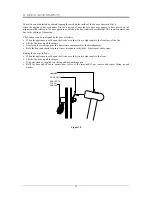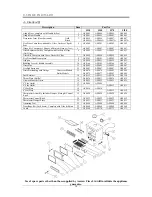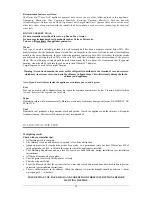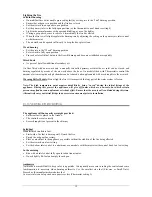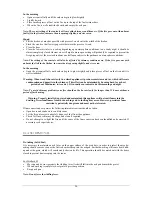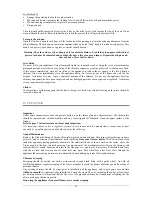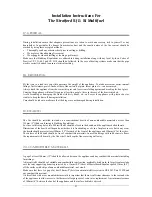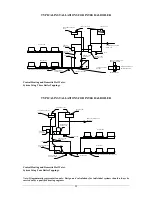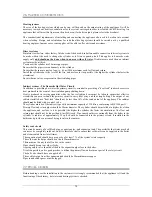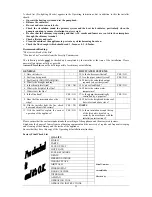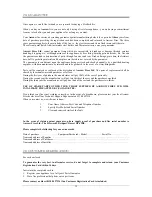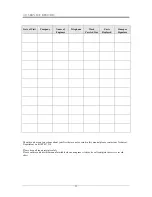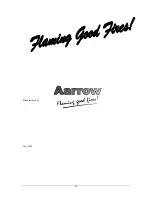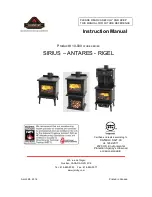
24
21. AIR FOR COMBUSTION
There must always be a permanent means of providing air for combustion into the room in which the fire is
installed. A permanent vent with a total free area of at least 550
2
mm for every kW rated output above 5kw
should be connected directly to the outside air or to an adjacent room which itself has a permanent vent of the
same size direct to the outside air. The fitting of an extractor fan to either of these rooms is not recommended.
Note: Where a flue draught stabiliser is used the total free area should be increased by 330 sq. mm for each
kW of rated output.
22. BUILDERS OPENING/CHIMNEY BREAST
Stratford Si 40 fires are designed to be fitted into a rectangular recess not less than 400mm (15 3/4'') deep, not
less than 400mm (15 3/4'') wide and not less than 550mm (21 1/2'') high, the so-called "standard builder's
opening".
For Stratford Si 60 fires the minimum depth required is as above but the width of the opening will need to be
610mm (24'') minimum, and the height of the opening will need to be 615mm (24 1/4'').
The fireplace surround should be vertical, and with a flat surface against which the unit can be sealed.
The height and width of the flat surface required will vary according to the model being installed. Where the unit
is to be fitted into an existing opening it will normally be necessary to cut a hole through the chimney breast so
that a flue connector can be fitted between the appliance and the chimney flue. Avoid damaging the lintel.
For boiler models it may be necessary to cut access holes through the side(s) or the chimney breast, so that flow
and return pipes can be connected to the appliance.
23. CHIMNEY
Please remember that chimney draught is dependent on four main factors:
•
Flue gas temperature.
•
Flue height.
•
Flue size.
•
Flue terminal.
So keep the flue gas warm by using insulated pipes.
Ensure the flue is long enough - 3.65m (12'') vertical height.
Stick to the appliance outlet size, or one size larger.
Terminate away from high trees, higher adjacent buildings, roof ridges, etc., in turbulent air flow (the
termination of flues is also subject to criteria set out in the Building Regulations). If possible choose a site with
an existing chimney which can be utilised.
Make sure that the manufacturer's recommendations are followed during installation.
Check the chimney is in good repair and free from cracks. When the chimney is warm, a draw of 1 - 2mm water
gauge, or 0.1 - 0.2mbar is recommended. If the fire appears to be working hard but produces very little output to
the room it is likely that excessive draw is present in the chimney, and that heat is being sucked out of the
appliance and up the chimney. If this is the case we recommend the fitting of a flue or flue stabiliser in
preference to a flue damper, in the interest of safety and efficiency.
We do not recommend the use of a damper when burning solid fuel.
Core the flue way to remove any blockages, birds nests, etc., and sweep through after any remedial work is
completed.
For all appliances.
Access for cleaning the flue should be incorporated in the system other than through the appliance (i.e. a soot
door).
For inset fires
If using an insulated steel flue (e.g. Midtherm) ensure that the manufacturer's directions are followed. Take
special note that the first 450mm (18'') of the flue should be single skin cast iron or heavy-duty steel flue.
Содержание Stratford Sf 30
Страница 34: ...34 Manufactured by July 2001...

